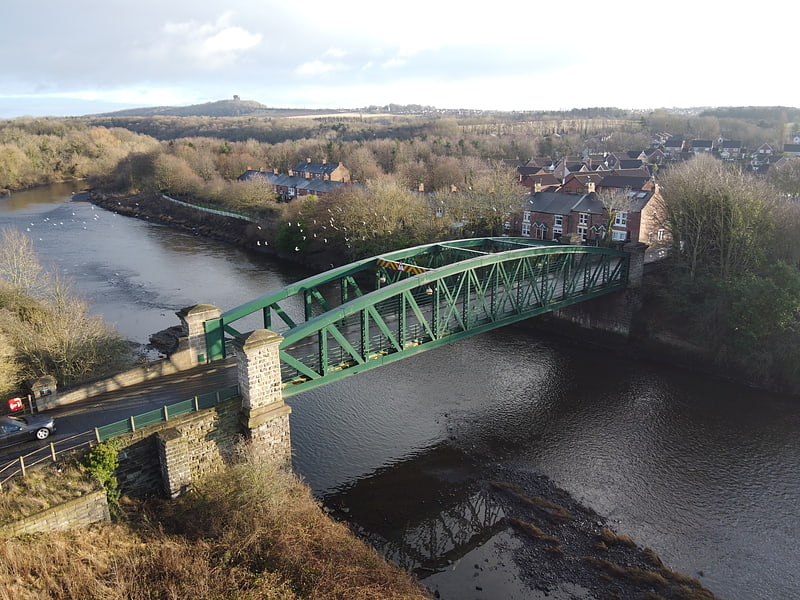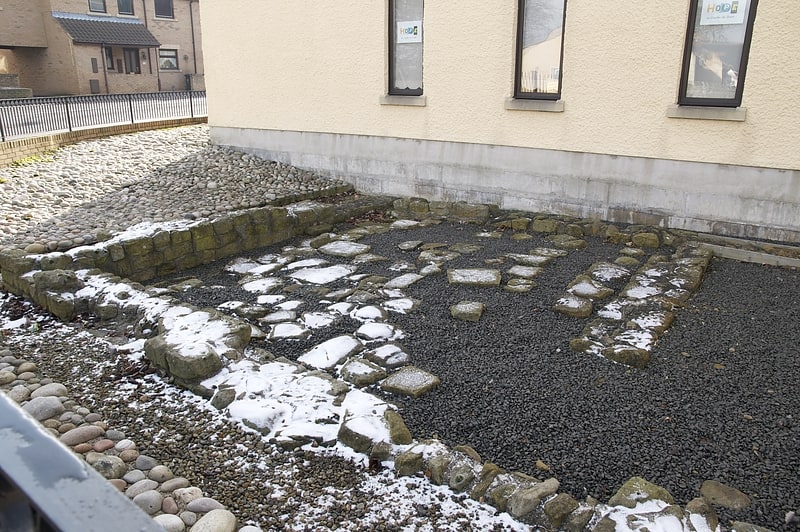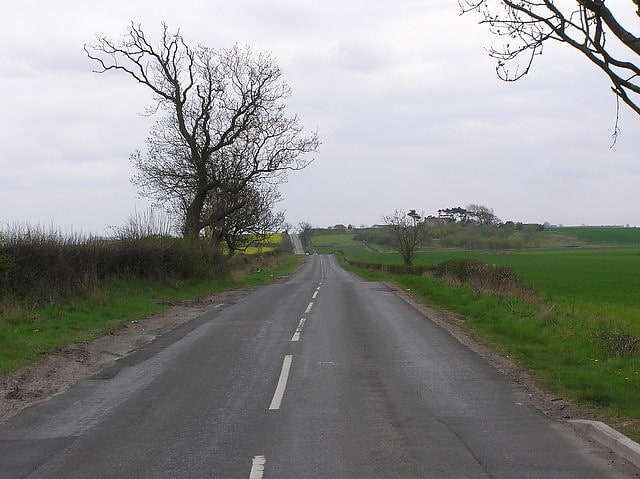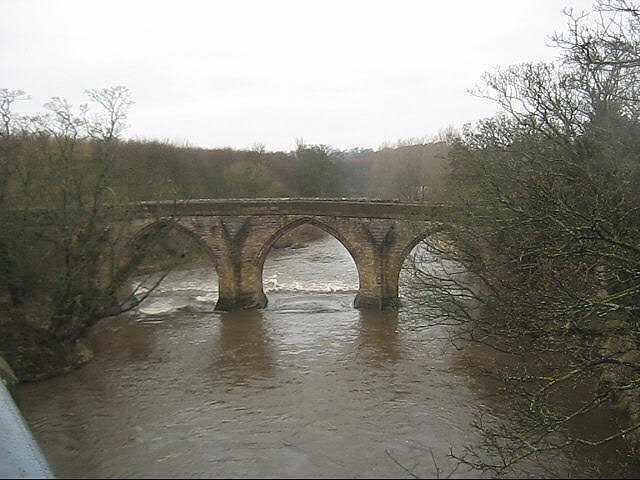Discover 6 hidden attractions, cool sights, and unusual things to do in Chester-le-Street (United Kingdom). Don't miss out on these must-see attractions: Penshaw Bridge, Concangis, and St Mary and St Cuthbert. Also, be sure to include Cade's Road in your itinerary.
Below, you can find the list of the most amazing places you should visit in Chester-le-Street (England).
Table of Contents
Penshaw Bridge

Penshaw Bridge, also known as Fatfield Bridge, is a road traffic bridge spanning the River Wear in North East England, linking Penshaw with Fatfield. The bridge was opened on 29 January 1890.[1]
Concangis

Concangis was an auxiliary castra in the Roman province of Lower Britain. Its ruins are located in Chester-le-Street, Durham, in England, and are now known as Chester-le-Street Roman Fort. It is situated 6 miles north of Durham and 8 miles south of Newcastle upon Tyne.[2]
St Mary and St Cuthbert

Parish in Chester-le-Street, England. The parish church of St Mary and St Cuthbert is a Church of England church in Chester-le-Street, County Durham, England. The site has been used for worship for over 1100 years; elements of the current building are over 950 years old. The oldest surviving translation of the Gospels into English was done here, by Aldred between 947 and 968, at a time when it served as the centre of Christianity from Lothian to Teesside.[3]
Address: Church Chare, DH3 3QB Chester le Street
Cade's Road

Road in Chester-le-Street, England. Cade's Road is a postulated Roman Road in north-east England. It is named after John Cade of Durham, an 18th-century antiquarian who in 1785 proposed its existence and possible course from the Humber Estuary northwards to the River Tyne, a distance of about 100 miles. Although evidence exists for such a road on some parts of the proposed route, there is still some doubt regarding its exact course. The road's Roman name is unknown.[4]
Chester New Bridge

Bridge. Chester New Bridge is a Grade II* listed medieval stone bridge over the River Wear near Chester-le-Street in County Durham, England. It carries Black Drive, the private entrance road to Lambton Castle, across the Wear just north of the A1052 road bridge, which superseded it in 1926. Frank Graham in Bridges of Northumberland and Durham describes it as "a fine 14th century bridge" but the official English Heritage listing citation considers it to be "probably C15". The parapet, which English Heritage suggest may be partly rebuilt, bears a worn inscription referring to "Charles Swinburne's Leap", an incident in which a horse and its rider were killed falling from the bridge. The bridge has a span of approximately 45 metres and four pointed arches with cutwaters on each pier. An archway at its eastern end, erected in 1815 by Ignatius Bonomi, marks the entrance to the Lambton Estate.[5]
Chester le Street Community Centre

Street
Address: Newcastle Road, Chester-le-Street